The humble faucet has undergone a technological revolution. Sensor faucets, once a novelty found only in high-end airports and hotels, are now a common and desirable feature in modern homes, offices, and restaurants. They offer unparalleled hygiene, water conservation, and a sleek, modern aesthetic.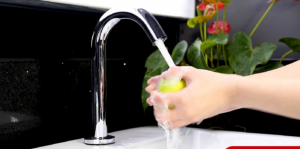
However, when you decide to upgrade to a touch-free faucets experience, you’re immediately faced with a fundamental choice: deck-mounted or wall-mounted? This decision goes far beyond mere appearance; it affects installation, functionality, and maintenance. Let’s break down the key differences to help you make the right choice for your space.
The Core Difference: Placement and Support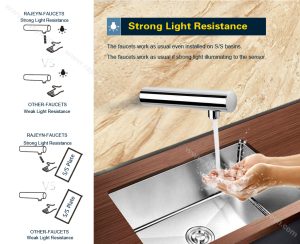
The most obvious distinction is in the name.
- Deck-Mounted (or Counter-Mounted) Automatic Faucets: These are installed directly onto the countertop or sink deck. They are the standard, most common type of faucet you’ll encounter.
- Wall-Mounted Touchless Faucets: These are installed directly into the wall, with the spout extending out over the sink basin.
Beyond this basic placement, each type offers a unique set of advantages and considerations.
Deck-Mounted Sensor Faucets: The Versatile Standard
Deck-mounted faucets are the workhorses of the sensor faucet world, prized for their flexibility and relatively straightforward installation.
Key Advantages:
- Easier Retrofit Installation: If you’re replacing an existing standard faucet, a deck-mounted sensor model is often a plug-and-play solution. It uses the same (or a similarly configured) holes in your countertop, minimizing renovation work.
- Flexibility in Sink Choice: Since they are not dependent on the wall, you have complete freedom to choose any sink style—undermount, drop-in, or farmhouse.
- Simplified Plumbing Access: The plumbing connections and the faucet’s battery pack (or power supply) are tucked neatly inside the cabinet below, making for easier access during installation and any future maintenance.
- Compact for Smaller Spaces: They are ideal for powder rooms or kitchens with limited wall space above the sink.
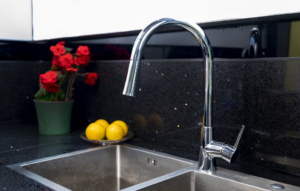
Potential Drawbacks:
- Countertop Clutter: The sensor faucet body take up space on the countertop or sink deck, which can make cleaning slightly more cumbersome.
- Fixed Height: The spout height is predetermined by the faucet’s design, offering less flexibility for filling tall pots or washing large items.
Wall-Mounted Sensor Faucets: The Minimalist Statement
Wall-mounted sensor faucets make a bold design statement. They are the epitome of modern, minimalist aesthetics and are renowned for their clean, uncluttered look.
Key Advantages:
- Maximized Counter Space & Easy Cleaning: This is their biggest selling point. With the touch-fee faucet entirely on the wall, your entire countertop and sink basin are completely clear and incredibly easy to wipe down.
- Striking Aesthetic Appeal: They create a sleek, architectural look that can make a bathroom feel like a luxury spa or a kitchen like a professional chef’s domain.
- Flexible Spout Height and Reach: Because they are installed on the wall, you can choose the mounting height to suit your needs. This is perfect for filling deep pots in the kitchen or for providing more headroom in a shallow bathroom sink.
- Ideal for Vessel Sinks: Their elevated spout is the perfect companion for vessel sinks that sit on top of the counter.
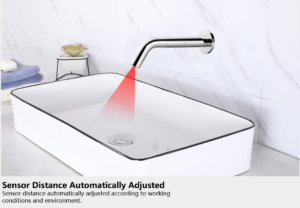
Potential Drawbacks:
- Complex Installation: Installation is a more significant project. It requires precise in-wall plumbing rough-in before the wall is finished. Retrofitting one into an existing space often involves opening up the wall, which can be costly and disruptive.
- Limited by Wall Construction: They are not suitable for all wall types, particularly those with concrete or complex internal structures.
- More Challenging Maintenance: Accessing the plumbing or electronics for repairs typically means working through the wall from behind or below, which is less convenient than opening a cabinet door.
The right choice between a deck-mounted and wall-mounted sensor faucet ultimately depends on your project’s scope, your design goals, and your budget.
Whichever path you choose, opting for a sensor faucet is a step towards a more hygienic, efficient, and modern space.

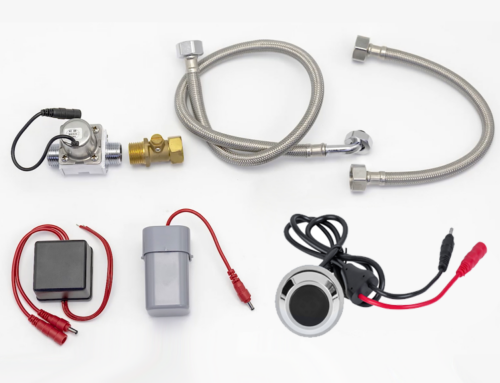
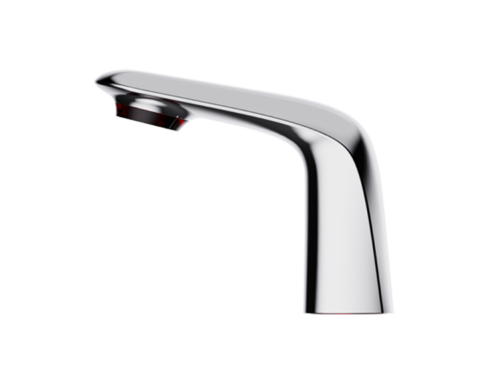
-500x383.png)